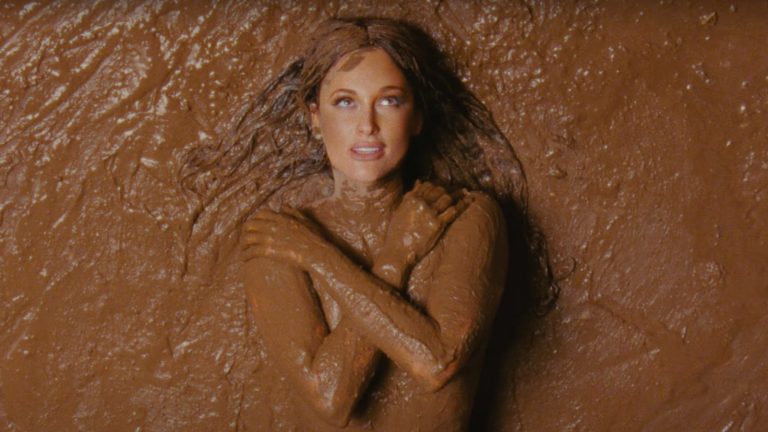When you think of ’90s music, it’s easy to automatically start naming off a lot of bands in the grunge and alternative genre. But Seattle titans like Nirvana and Pearl Jam are just one part of the story, when you consider the eclectic range of groups and artists who put out albums in that time frame.
“Everything just exploded in the ’90s,” journalist Gary Graff explains on the UCR Podcast. “You had number one albums in the ’90s that were selling half a million [to] a million copies a week. Every genre out there [was extremely active]. With rock, you had hair metal coming into the grunge era as well as mainstream rock. There was West Coast rap and then the East Coast response to that. Techno and electronic really started to become a force. What we used to call folk music or country rock, we started to call it Americana. Then, you had country become a whole other thing during the ’90s. You had so much music and so much technology to listen to music on. You had all of this coming together to make music a monolithic force in everybody’s life.”
It’s a topic that Graff has been thinking a lot about in the past year as he led a team of writers, all fellow music aficionados, through the process of figuring out the best music that came out in the decade. The result is 501 Essential Albums of the ’90s: The Music Fan’s Definitive Guide, a massive tome which clocks at more than 400 pages with 600 images. It’s a read that’s full of surprises — especially when you consider some of the albums that aren’t here.
“There’s no James Taylor in this book, there’s no Jackson Browne, there’s no Joni Mitchell, there’s no AC/DC, there’s no Rush and there’s a reason for that,” he explains. “All of them were considered and all of them put out some good albums during the ’90s, but they were not albums that were essential to their own catalogs, much less to the decade.”
Fans of Counterparts and Test for Echo by Rush and AC/DC’s The Razor’s Edge might quibble with that statement, but hey, everybody’s a critic, right? The thing is, Graff at least has the authority to make that assessment, as someone who was working as a journalist in the ’80s and ’90s. His boots were on the ground as the albums in question were released and he spoke with many of the artists in that same time. Moments from some of those interview experiences naturally found their way into the book as he and his fellow contributors worked to dissect each record.
READ MORE: Rush’s ‘Counterparts’ Pushes Back Against Grunge
During our interview, Graff, who continues to write for a number of different outlets, including UCR, shared some of his personal highlights from the decade, including covering Woodstock ’94 and its sequel in 1999. “Woodstock ’94, we actually had a plan,” he remembers. “A bunch of [fellow] writers who play said, ‘Let’s get something together. We should play Woodstock.'” They got as far as setting the time and reserving some space on stage for that Sunday, but their dream gig went unrealized.
Listen to Gary Graff Discuss the ’90s on the ‘UCR Podcast’
“Saturday night was when the deluge happened,” he continues. “I’m still convinced that Michael Lang, John Roberts and Joel Rosenman seeded the clouds so they’d get their Woodstock rain — our stage washed away.” There are numerous memories like that, stored away, including hauling the coffin-like apparatus that he used to file stories at the time to cover Ozzfest — one of the few venues where he didn’t get static about bringing the gargantuan piece of technology through the gates.
So how did the ’90s ultimately change music? Graff has a lot of thoughts about that. “I think what the ’90s did was it introduced the idea of how music could become part of every damn thing that’s in your life,” he explains. “As we got to the end of the decade, that quest for new ways to consume music and new delivery systems [intensified]. We got our file sharing and we got our Napster and we got the ability to steal music.”
“[As a result, I think that took it down a bad path. This is almost like how the Yankees ruined baseball,” he concludes. “When something gets too good and too big, it almost starts to turn around and feed on itself. We had all these great technologies, but the overpriced nature of CDs and of making people rebuy their vinyl catalogs and cashing in on that, created an appetite to maybe not pay money for music. It’s a decade that vaulted music to new heights, but also to heights that it had to be torn down from. I think we’re still paying the price for that.”




Leave a Comment